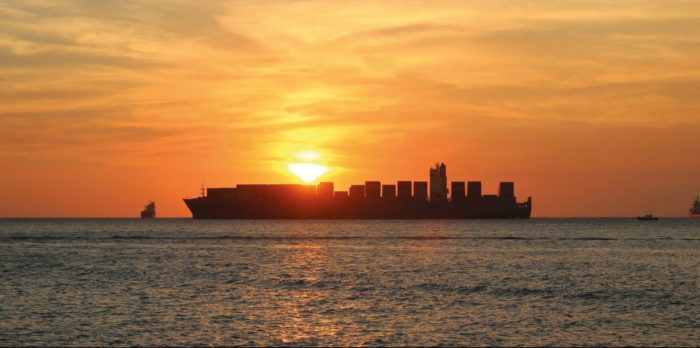AkzoNobel announced that ship owners and operators have achieved fuel savings of ten million tons and CO2 savings of 32 million tons, by using the company’s Intersleek range of biocide-free marine coatings, a technology that was first introduced 21 years ago.
In particular, AkzoNobel informs that more than 5,500 vessels have been coated with the company’s Intersleek products, part of the International range of coatings. The savings achieved over the last two decades are equivalent to the amount of CO2 emitted when 15.5 billion kilograms of coal is burned, or during a 123 billion kilometer car journey (a distance similar to 400 return trips from Earth to the sun).
The milestones are based on the savings achieved by using Intersleek in comparison to each vessel’s previous hull coating system. The product range, which has efficient foul release track record, was the first silicone-based technology developed for fast crafts and deep-sea scheduled vessels.
“Intersleek has come a long way since we first discovered the foul release effect of silicone elastomers in the laboratory as part of our R&D process to create more sustainable technologies,” explained Oscar Wezenbeek, Managing Director of AkzoNobel’s Marine Coatings business. “Since then, it has had a significant impact on the shipping industry and made a tangible difference for many ship owners, as well as playing a leading role in our ongoing commitment to making shipping more sustainable.”
The ship owners are awarded one carbon credit for each ton of CO2 saved. This effectively rewards owners twice for choosing sustainable coatings – both through a reduction in fuel costs and the financial benefits of the credits awarded. The carbon credits initiative incentivizes investment in more sustainable practices, thereby accelerating carbon reduction within the shipping industry, and enabling owners to gain from operational, environmental and bottom line benefits from clean technologies.
Source & Image credit: AkzoNobel





























































